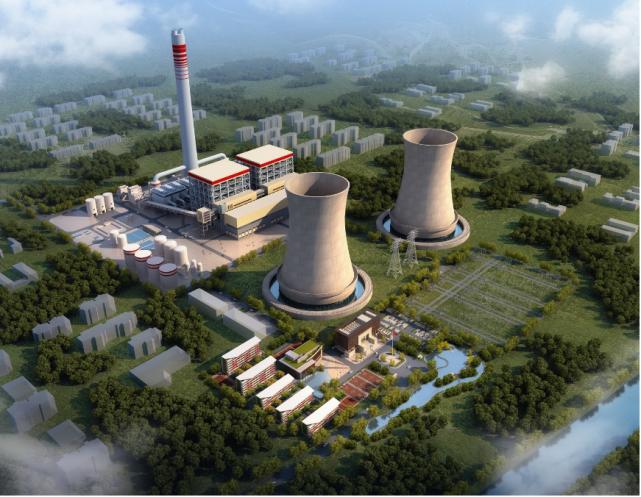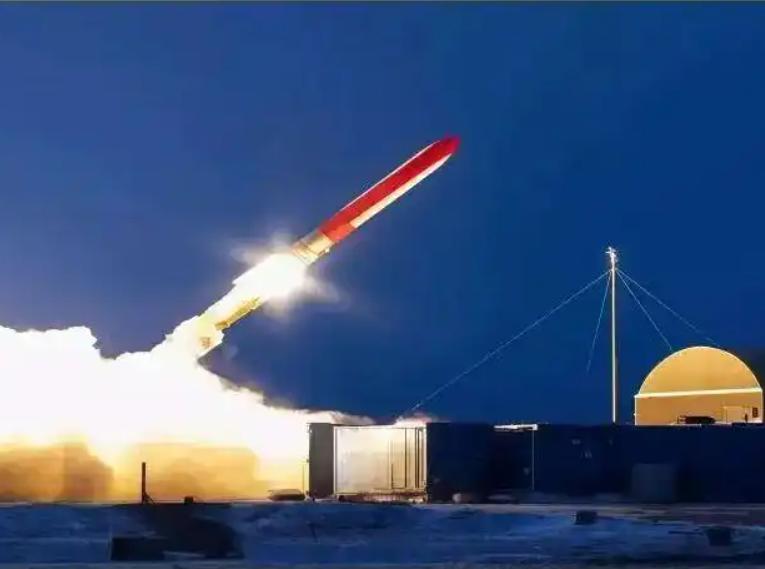
A virtual power plant is a distributed energy resource system, such as rooftop solar panels, electric vehicle chargers, and smart water heaters, that work together to balance energy supply and demand on a large scale. They are usually operated by local utility companies responsible for supervising this balancing behavior. Virtual power plants are a way of integrating resource combinations that can help the power grid cope with high energy demands while reducing the carbon footprint of the energy system.
Firstly, the virtual nature of virtual power plants stems from their lack of central physical facilities like traditional coal or natural gas power plants. By generating electricity and balancing energy loads, polymer cells and solar panels provide many functions of traditional power plants. In the United States, the Department of Energy estimates the capacity of virtual power plants to be approximately 30 to 60 gigawatts. This accounts for approximately 4% to 8% of the peak electricity demand in the country, and only a small portion of the entire system. However, some states and utility companies are rapidly taking action to add more virtual power plants to the grid. The US Department of Energy has found in a report that large-scale deployment of virtual power plants can solve demand growth and peak rise issues at a lower cost than traditional resources, thereby reducing energy costs for Americans. Currently, one sixth of Americans in the United States have already defaulted on electricity bills.
Secondly, power grid operators must meet the annual or daily peak load, which is the moment when electricity demand is highest. For this reason, natural gas peak power plants are often used, which are idle for most of the year and can only be started during peak electricity demand. Virtual power plants will reduce the reliance of the power grid on these power plants. At present, the goal of the Ministry of Energy is to expand the national VPP capacity to 80 to 160 gigawatts by 2030. Many utility companies have stated that virtual power plants can not only reduce emissions, but also lower energy costs for consumers. Research has shown that utilizing distributed energy during peak demand periods is 60% more cost-effective than relying on natural gas power plants.
In addition, another important advantage of virtual power plants is to encourage people to participate more in the energy system. Usually, customers only receive electricity. In a virtual power plant system, they both consume electricity and feed it back to the grid. This dual role can enhance their understanding of the power grid and encourage them to invest more in the transition to clean energy. The US Department of Energy stated that the capacity of distributed energy is rapidly expanding due to the widespread use of electric vehicles, charging stations, and smart home devices. Connecting these to virtual power plant systems can enhance the grid's ability to balance power demand and supply in real-time.
The US Department of Energy points out that most existing virtual power plants are so-called demand response plans, and virtual power plants can meet peak electricity demand of 10% to 20%. The Rocky Mountain Institute, a non-profit research institution focused on sustainable development, claims that virtual power plants are a valuable and overlooked resource for advancing key grid goals, including reliability, affordability, decarbonization, and electrification.
Overall, by coordinating electric vehicles, batteries, and smart home devices, virtual power plants can help the power grid become cleaner and more efficient. Simplifying the process will help utility companies fully utilize distributed energy resources such as electric vehicles and heat pumps. The deployment of standardized virtual power plants can also accelerate their development nationwide. Virtual power plants can absorb and release electricity on demand, dispersing peaks and valleys, thus maintaining perfect harmony between production and use. Once this dream is realized, the cost of electricity will decrease as there is no need to pay for coal, oil, methane, or nuclear fuel.

Not long ago, Russian President Putin disclosed a major piece of news at a press conference in Dushanbe, Tajikistan: "We have developed a new type of weapon.
Not long ago, Russian President Putin disclosed a major pie…
In the United States, a government shutdown drama that can …
Recently, according to the Financial Times, British adverti…
As November 5th approaches, the U.S. government shutdown wi…
As American consumers began to meticulously plan their Than…
On October 29 (local time), the Federal Open Market Committ…